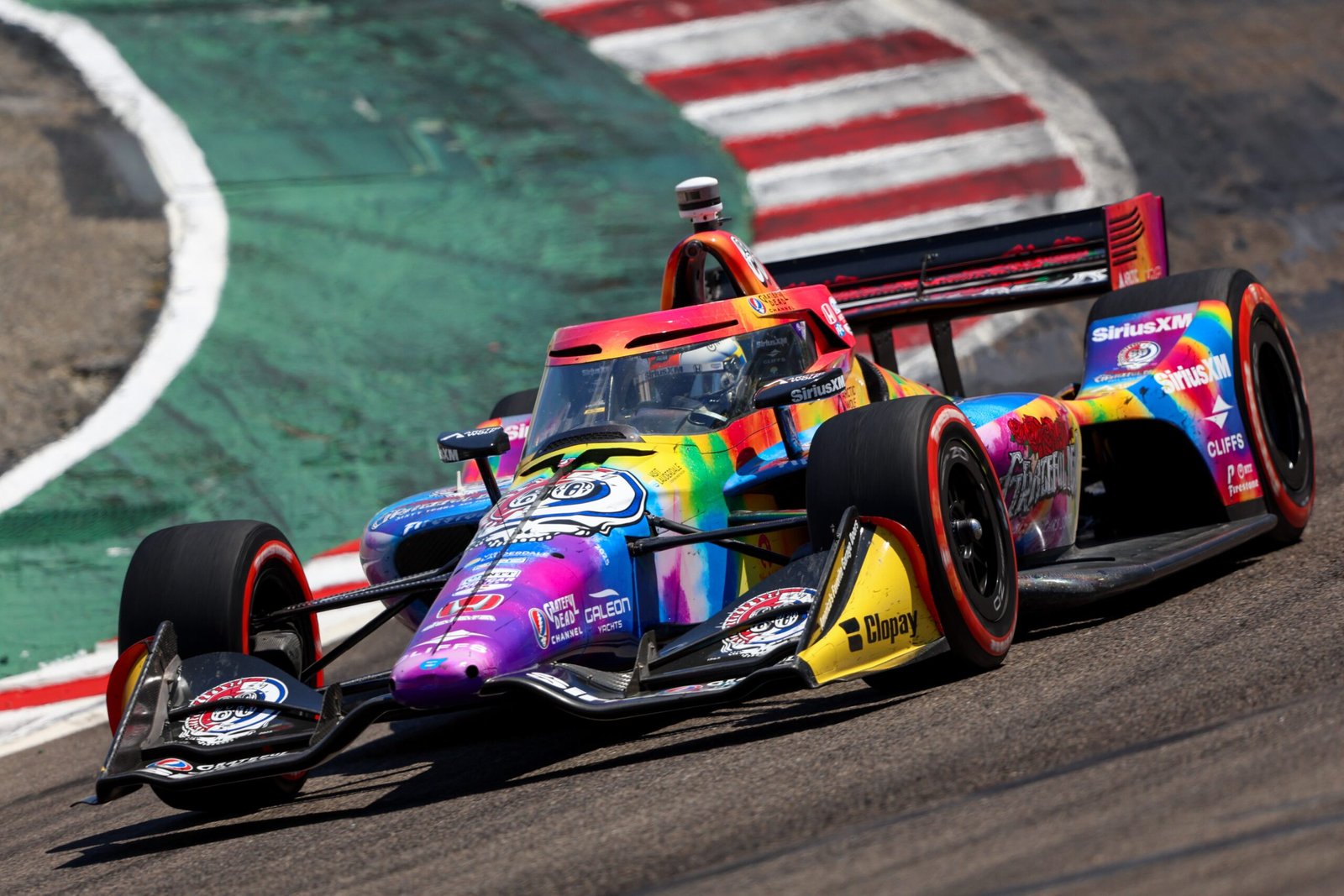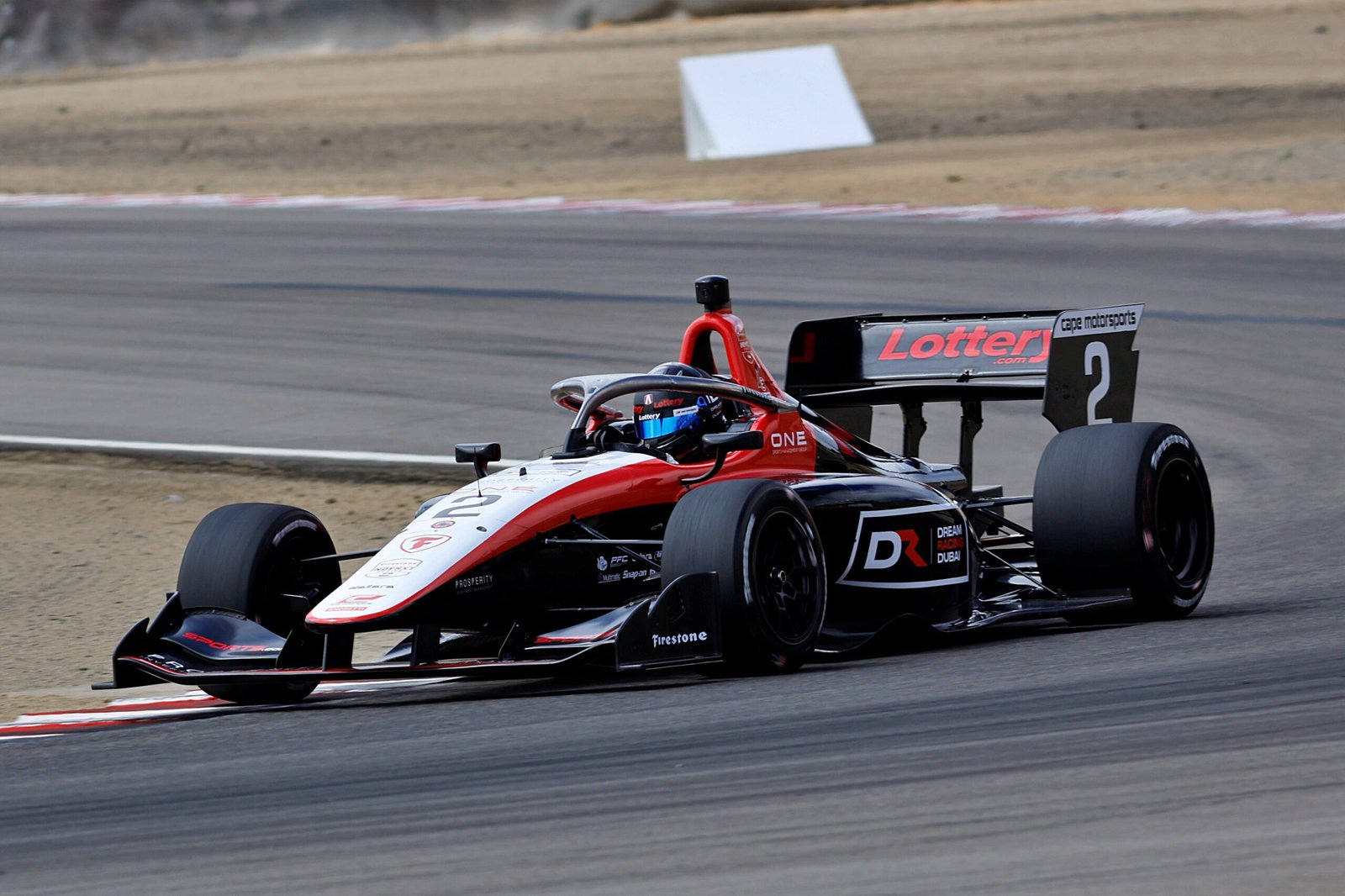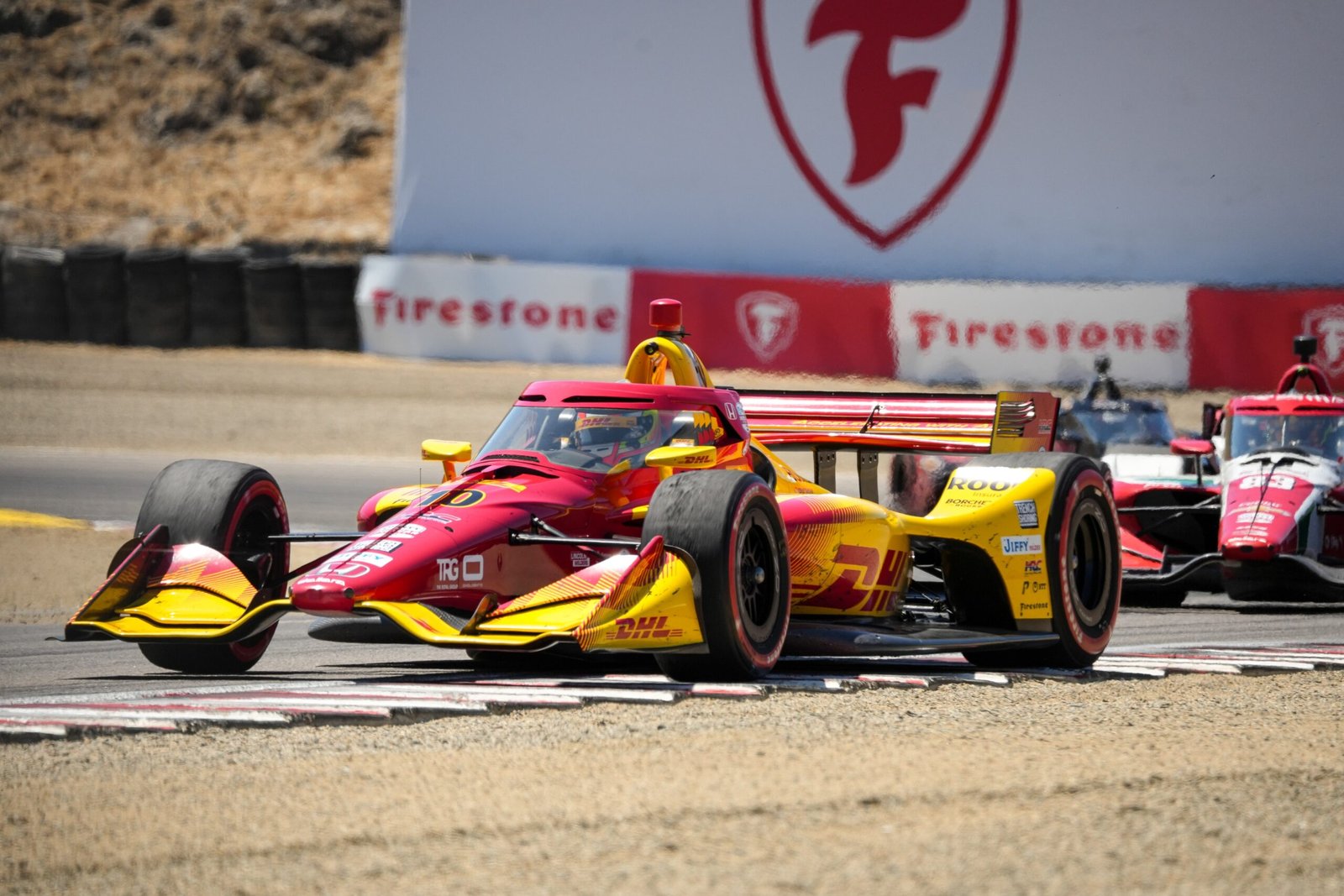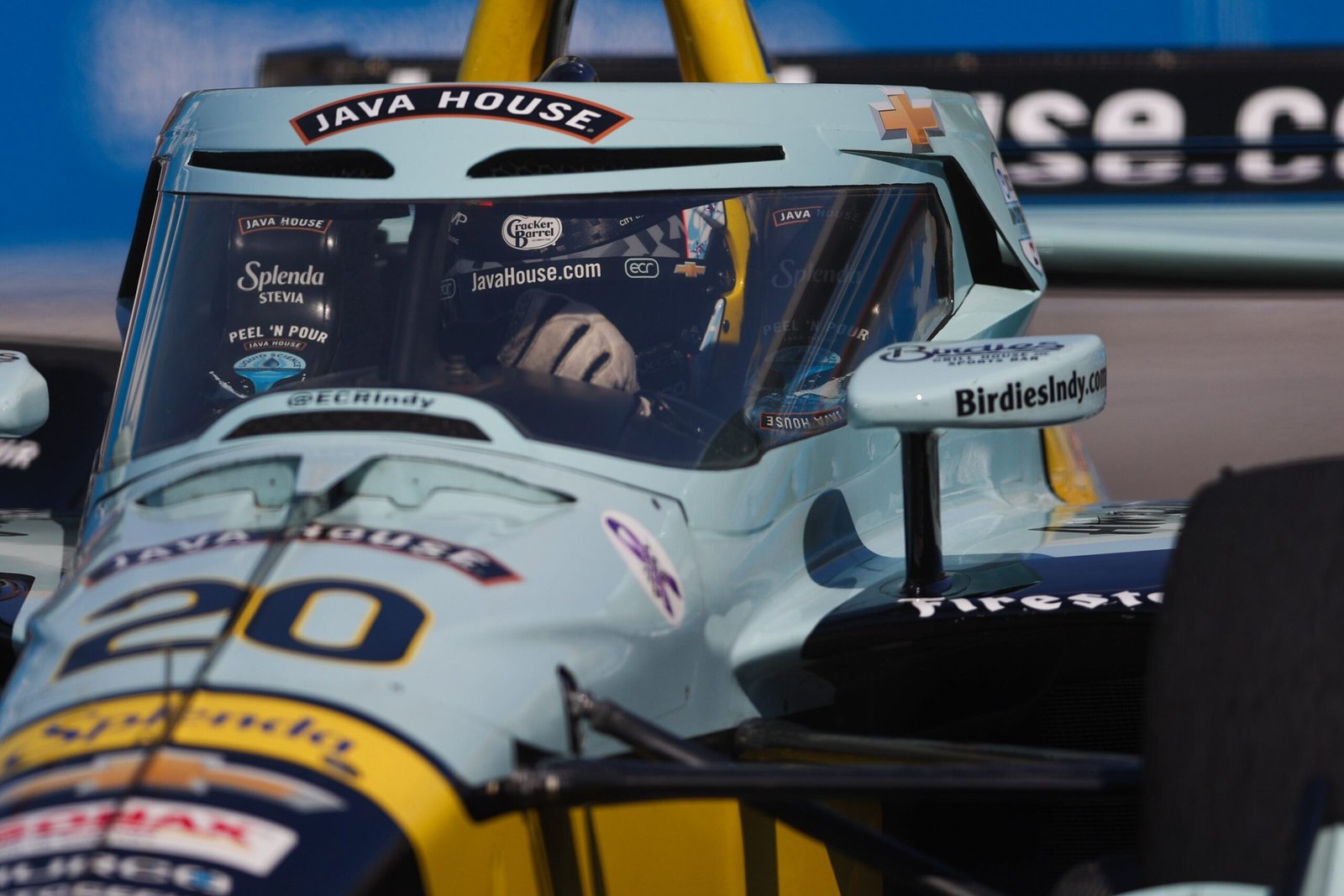Rain Delay, No Delay in Progress: How IndyCar Drivers Maximize Short Sessions
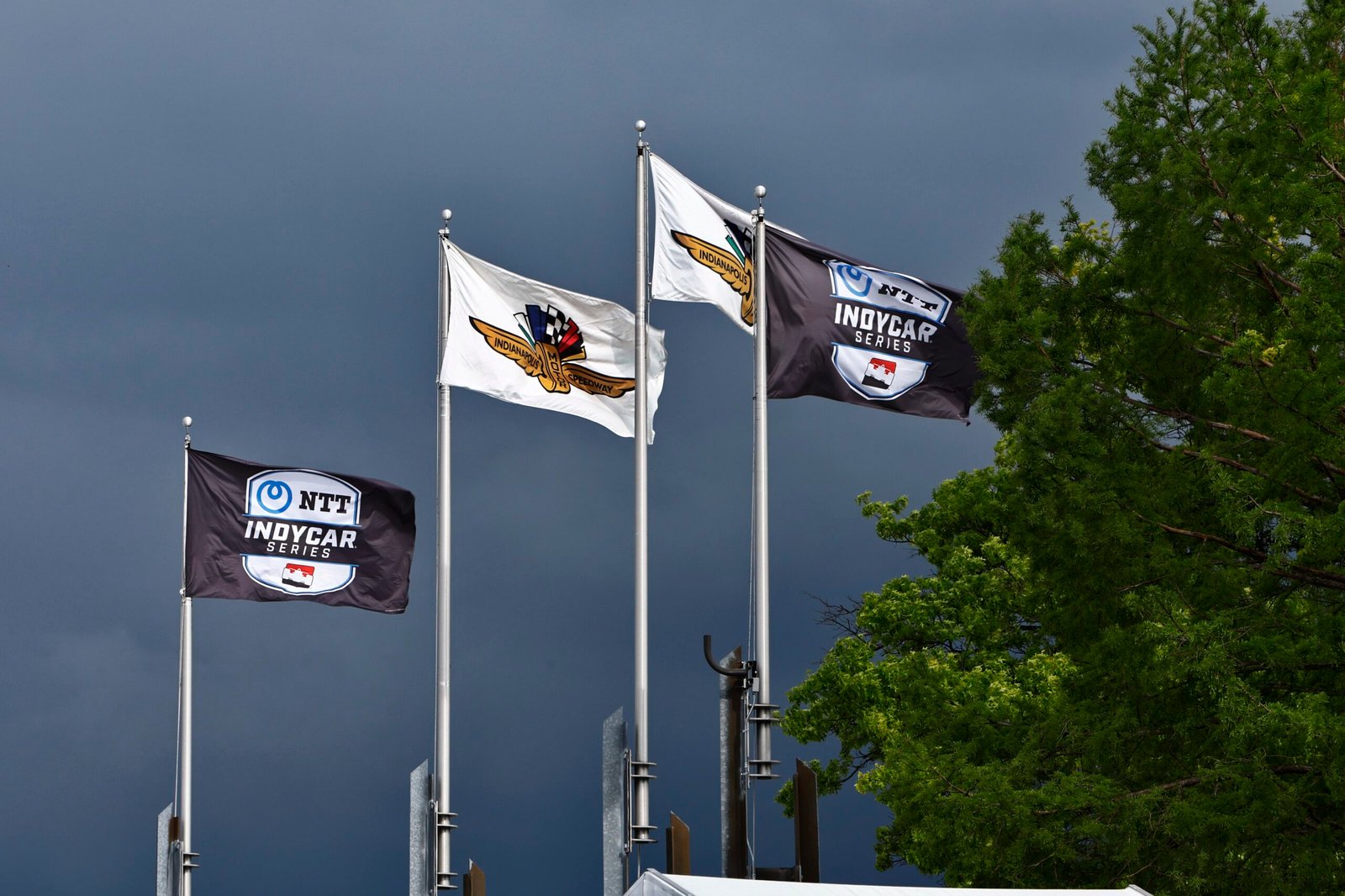
Rain may have stolen the spotlight on the first day of Indianapolis 500 practice, but it didn’t stop the top drivers in the NTT INDYCAR SERIES from getting the job done.
Despite losing more than three hours of track time due to a soggy start and lightning in the area, drivers like Alexander Rossi, Marcus Ericsson, and Kyle Larson still managed to extract value from a shortened session at the Indianapolis Motor Speedway. It’s proof that experience, preparation, and adaptability remain the most powerful tools in a racer’s arsenal—even more than horsepower.
A Waiting Game with Purpose
Practice didn’t begin until more than two and a half hours after its scheduled start, and it ended 32 minutes early. But in those few hours of green-flag running, the paddock saw nearly 1,550 laps completed—showing that when the window opens, teams waste no time.
“You take what you can get,” said Alexander Rossi, who ended the day seventh on the speed charts. “At one point, we didn’t think we’d get any running, so even just a few laps were valuable.”
Rossi used the opportunity to validate the setup his Ed Carpenter Racing team had developed during the earlier open test. “There were some small technical issues we were working through, but the car balance is as expected, and the speed seems okay,” he said. That’s all a driver needs on Day One—a baseline that doesn’t require reinventing the wheel.
Fine-Tuning Over Overhauling
Marcus Ericsson echoed a similar sentiment. The 2022 Indy 500 winner rolled out of pit lane in a newly sponsored Allegra Honda—jokingly dubbed the “Mucus Wagon”—but it wasn’t just the livery that impressed.
“We just continued where we left off,” he said. “The car feels really good in traffic, and we’re already at a point where we can work on fine details rather than making big swings.”
That kind of confidence on Day One is a luxury at Indy, where the pursuit of perfection rarely leaves room for comfort. Ericsson’s calm demeanor reflected a driver who knows that maximizing a short session isn’t about chasing lap times—it’s about establishing a consistent, predictable platform for the intense week ahead.
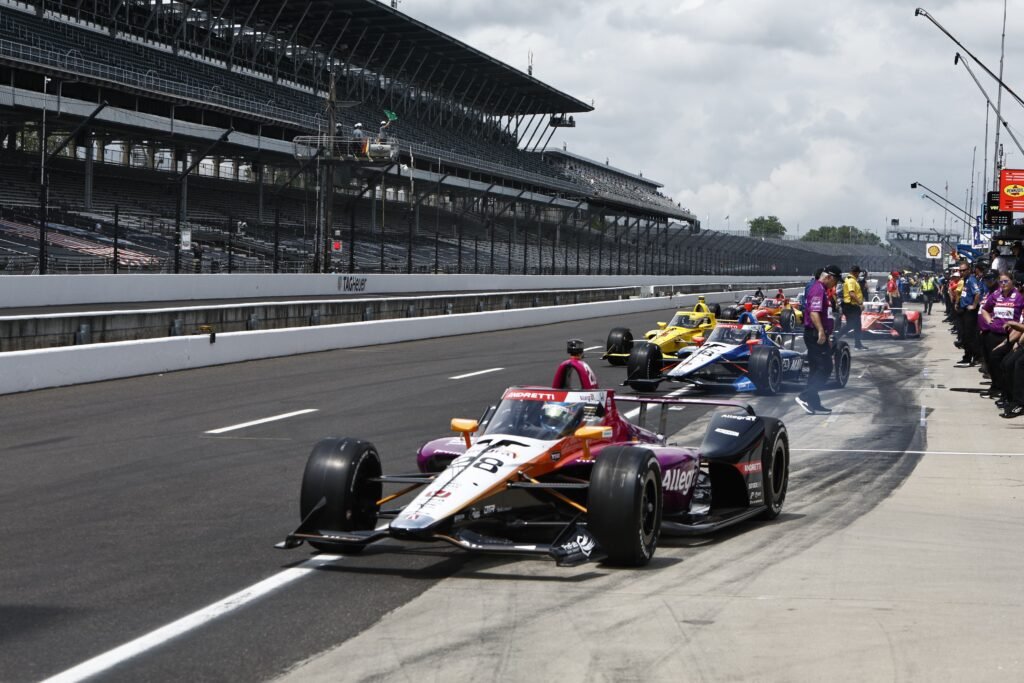
Larson Learns in the Trenches
For Kyle Larson, the NASCAR superstar and Indy 500 rookie, every lap is part of a steep learning curve. But even he found reasons to be optimistic.
“We started easy, got comfortable in clean air, then got some time in traffic at the end,” said Larson, who’s aiming to complete the rare Indy 500/Coca-Cola 600 double this year. “It was a smooth day. Good place to start.”
Larson noted some expected challenges with understeer in traffic, and admitted he wasn’t adjusting tools like the weight jacker yet—preferring to focus on consistent line execution. “There’s still work to do,” he said, “but I felt okay. Just draggy. Guys passed me early on the straight; I passed them later.”
That kind of honest self-assessment is part of why Larson’s transition to IndyCar is being watched so closely. Even in a short stint, he identified areas for improvement, both on the car and in his own technique.
Why Short Days Still Matter
In a sport where engineers obsess over micro-adjustments and tire pressures to the tenth of a psi, it’s tempting to view a rain-shortened practice as a wasted day. But for those who know Indy, every lap matters.
“The truth is, a session like today forces you to be intentional,” one veteran engineer commented. “You don’t have the luxury of testing ten things. You pick your top two and nail them.”
Drivers, too, seem to thrive under these constraints. Fewer distractions. More focus. Tighter feedback loops between driver and engineer. And above all, less temptation to chase an eye-catching speed number that doesn’t necessarily translate to race-day success.
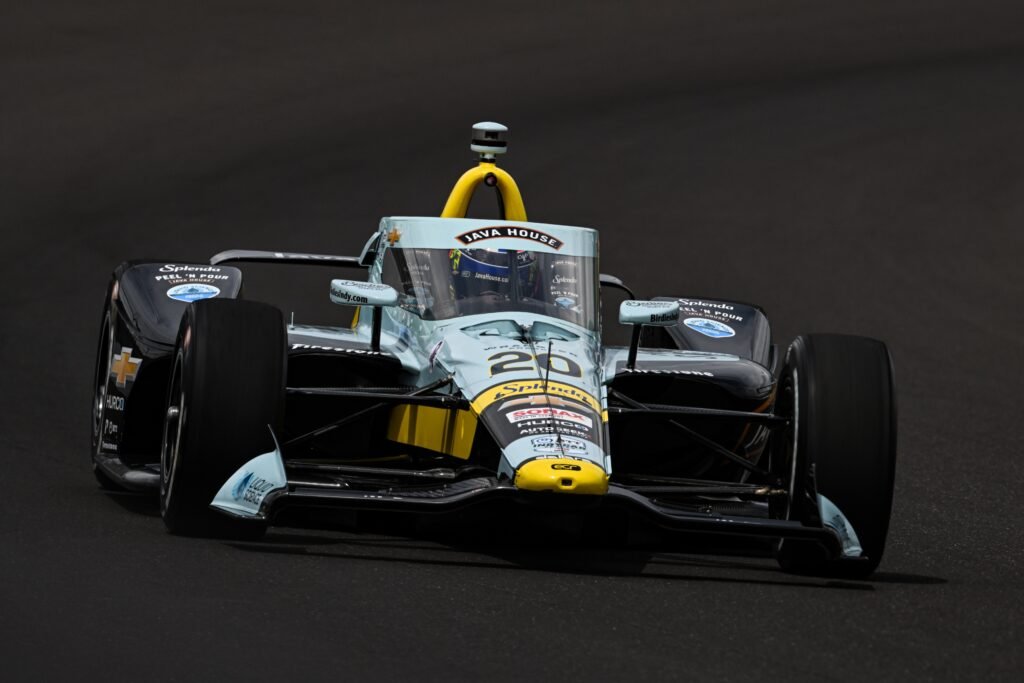
The Month is Long, But the Moments Are Short
This year’s Month of May is already delivering its share of unpredictable twists, from thunderstorms over the Speedway to new babies in the paddock. But for racers like Rossi, Ericsson, and Larson, the key lesson is clear: progress doesn’t depend on perfect conditions. It depends on making the most of the time you’re given.
Because in racing—as in life—it’s not how much time you have. It’s how you use it.
written by Philipp Kraus / Media Credit: Penske Entertainment

